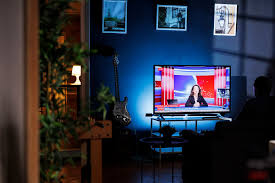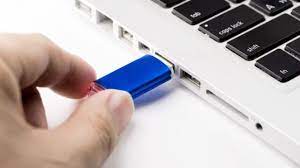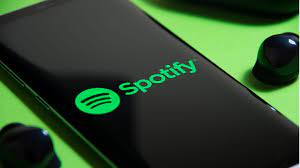Smart TVs are the centerpiece of most modern living rooms. But like all tech, they don’t last forever. Over time, you might notice your once-reliable TV struggling to keep up with newer content, apps, or features. If you’re debating whether it’s time to make the leap to a newer model, here are some clear signs that your trusty TV might be due for retirement.
Your TV Is Sluggish
A sluggish smart TV can turn a relaxing evening into a frustrating one. If it takes forever to power on, switch inputs, or load apps, it’s a sign that your TV’s hardware is struggling to keep up. Modern apps and streaming services are designed to run smoothly on newer technology, and an older processor or limited memory just can’t handle the load.
Think about the last time you tried to open Netflix or YouTube on your TV. Did it lag, buffer endlessly, or crash altogether? While a quick restart or clearing the cache might help temporarily, these issues are likely to return—and worsen over time.
Upgrading to a smart TV with a faster processor and improved performance ensures you can stream your favorite shows without the headaches. Plus, newer models are designed to handle multitasking better, so you can seamlessly jump between apps without missing a beat.
Apps Keep Crashing or Are No Longer Supported
One of the biggest perks of a smart TV is access to apps, but what happens when they stop working altogether? Older smart TVs often face compatibility issues as apps evolve to meet the demands of newer technology. You might notice apps crashing mid-use, running sluggishly, or disappearing from your app store entirely.
Streaming services like Netflix, Hulu, and Disney+ periodically update their software to enhance features or improve security. Over time, these updates may no longer support outdated operating systems. For instance, if your TV hasn’t received a firmware update in years, it’s likely missing crucial compatibility patches.
Upgrading ensures you’ll have access to the full suite of apps—and that they’ll work the way they’re supposed to. A newer TV also opens the door to apps and services that older models might not support, like gaming platforms or advanced streaming options in 4K and HDR.
The Sound Quality Isn’t Cutting It Anymore
Ever feel like your TV’s audio just doesn’t match the excitement of what’s on screen? Many older smart TVs come with basic built-in speakers that may have been passable when you first bought them but can sound tinny, muffled, or lack bass compared to modern standards.
As TV designs have become slimmer, the space for high-quality speakers has shrunk. While newer TVs face the same challenge, many come equipped with advanced audio technologies like Dolby Atmos, AI-driven sound enhancements, or compatibility with external sound systems.
If you constantly turn up the volume or struggle to hear dialogue clearly, it might be time to upgrade.
It Has Become Too Small for Your Space
What felt like the perfect screen size a few years ago might now seem inadequate, especially if you’ve moved to a larger room or upgraded your seating arrangement. TVs are measured diagonally, and while a 40-inch screen might have been enough for a small apartment, it can look tiny in a spacious living room. Before running out to buy another TV, though, I’d recommend you double-check with any of the popular tools that help shoppers find the right TV size for them.
Beyond size, screen resolution matters. An older 1080p TV will not deliver the same level of detail and clarity as a larger 4K or 8K TV, which can better utilize those extra inches. Pairing a bigger screen with higher resolution ensures you’re not just scaling up size but also enhancing picture quality.
If you’re squinting during movie nights or feeling less immersed in your favorite games, upgrading to a larger TV could transform your viewing experience. And with newer models offering ultra-thin bezels, you can get more screen without the extra bulk.
You’re Stuck with an Old Remote Control
If your remote feels more like a relic than a tool, it’s a sure sign your TV might be overdue for an upgrade. Older remotes are often cluttered with too many buttons, lack intuitive features, and can feel frustrating to use.
Newer smart TVs mostly come with streamlined remotes designed for ease and efficiency. Many newer remotes include voice control, allowing you to search for shows, adjust settings, or even control smart home devices with simple commands. Others have dedicated buttons for popular streaming services, putting your favorite apps just one click away.
Some smart TVs can also be controlled via your smartphone, eliminating the need for a remote altogether. If you’re tired of digging through couch cushions for that outdated remote, a new TV could simplify your setup and elevate your experience.


